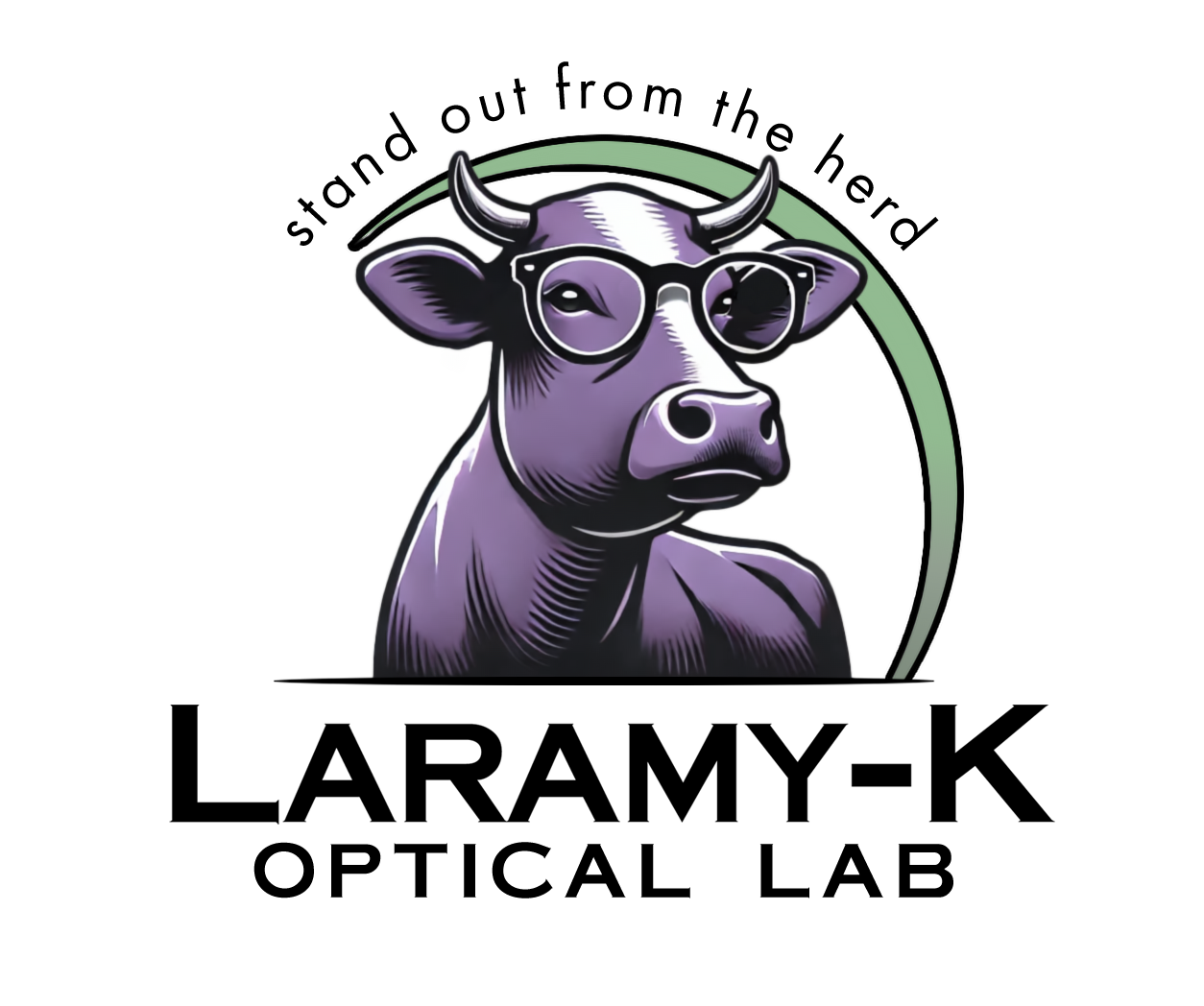Aspheric lenses are defined as lenses that are non-spherical. This non spherical surface encompasses all kinds of lenses from aspheric, atoric, progressive, and aphakic. So if all these lenses fall in the definition of an aspheric lens, how do we further define and differentiate aspheric lenses in all their forms.
Aspheric
Generally aspheric in the ophthalmic industry defines a lens surface that varies slightly from a spherical surface. This variation is known as the eccentricity of the lens and can further defined as conic sections. Sections of a cone represent various curves that are used in ophthalmic surfaces, for instance circle, ellipse, parabola, and hyperbola.
|
Curve |
Eccentricity |
|
Circle |
e = 0 |
|
Ellipse |
0 < e < 1 |
|
Parabola |
e = 1 |
|
Hyperbola |
e > 1 |
To get a good idea of what an aspheric looks like, the theorem sin-1(e) gives you the angle at which to tilt a cone to view from above the shape the curve will represent. If you were to take a coffee mug and tilt it by any degree you would see that the shape of the perfectly circular top changes when it is tilted, this same shape represents the curves of the lens. Why are aspheric lenses used? Aspheric lenses are used in their various forms to correct aberrations in a lens that are produced from changes to best form curves. For instance in a CR-39 lens a lens with power -2.75 calls for a 4.63 base lens, if that lens were to be made up in a 6 base the consequences would be that the lens would change power as the wearer were to view further off the visual axis of the lens. This change in power can be compensated for by allowing the form of the lens to vary as it goes further from the axis, this eccentricity would allow the lens to correct the condition in which it was prescribed as well as fit the individual frame or curve necessary to make a cosmetically appealing lens.
Atoric
In the previous example we used a power of -2.75 for a CR-39 lens, if we were to give an example of a -2.75 -2.00 sphero-cylindrical lens the best form curve would differ for the two meridians (sphere and cylinder). Using a spherical lens you would have to determine the meridian in which you would want to provide the best base for either, sphere or cylinder, or spherical equivalent and split the error between the two meridians. The solution to this is an atoric lens which can be defined as having differing eccentricities for the separate meridians. This allows the user a wider area of the lens with the correct power and minimal aberrations.
Progressive
Progressive's lenses are a category in and of themselves; however the progression of power is accomplished with the use of asphericity in the corridor to create a lens without power. Progressive lenses differ from many aspheric surfaces because they are not fashioned after conic sections, but would be better defined as deformed conicoids. To get an idea of what a deformed conicoid would look like take a pebble and drop it into a pond, the waves would ripple and the surface could not be defined with a simple curve, but depending on where in the pond you look the curves would vary, this variation could be defined with an expansion of the saggital equation:
z= Ay2+By4+Cy6+Dy8+Ey10
A=1/2r
B=p/8r3
C=p2/16r5
D=5p3/128r7
E=7p4/256r9
This expansion allows the shape to be manipulated to varying degrees as it gets further from the axis without directly affecting the axis. This expansion can also be used to define a more simple conic section by setting the B, C, D, and E variable to 0, therefore only the a value remains and defines the conic.
Aphakic
Aphakic lenses use aspherics because plus power lenses higher than +8.00 are outside of the Tersching ellipse and do not have a best form curve. This means that in order to provide the best vision the lens designer has no choice but to use aspherics. Usually you will find that the aphakic lens not only uses asphericity to optically improve the performance of the lens, but often the lens uses again deformed conicoids to provide cosmetic appeal to the lens as well since often times high plus powers will be thick.
Keep in mind that aspherics when referred to in ophthalmics can be placed on both the front or back surface of the lens and as free form technology takes a hold in our industry we will be seeing varying degrees of eccentricity on both the front and the back of all lenses to improve cosmetics and optics.
Harry Chilinguerian ABO-AC NCLE COA
